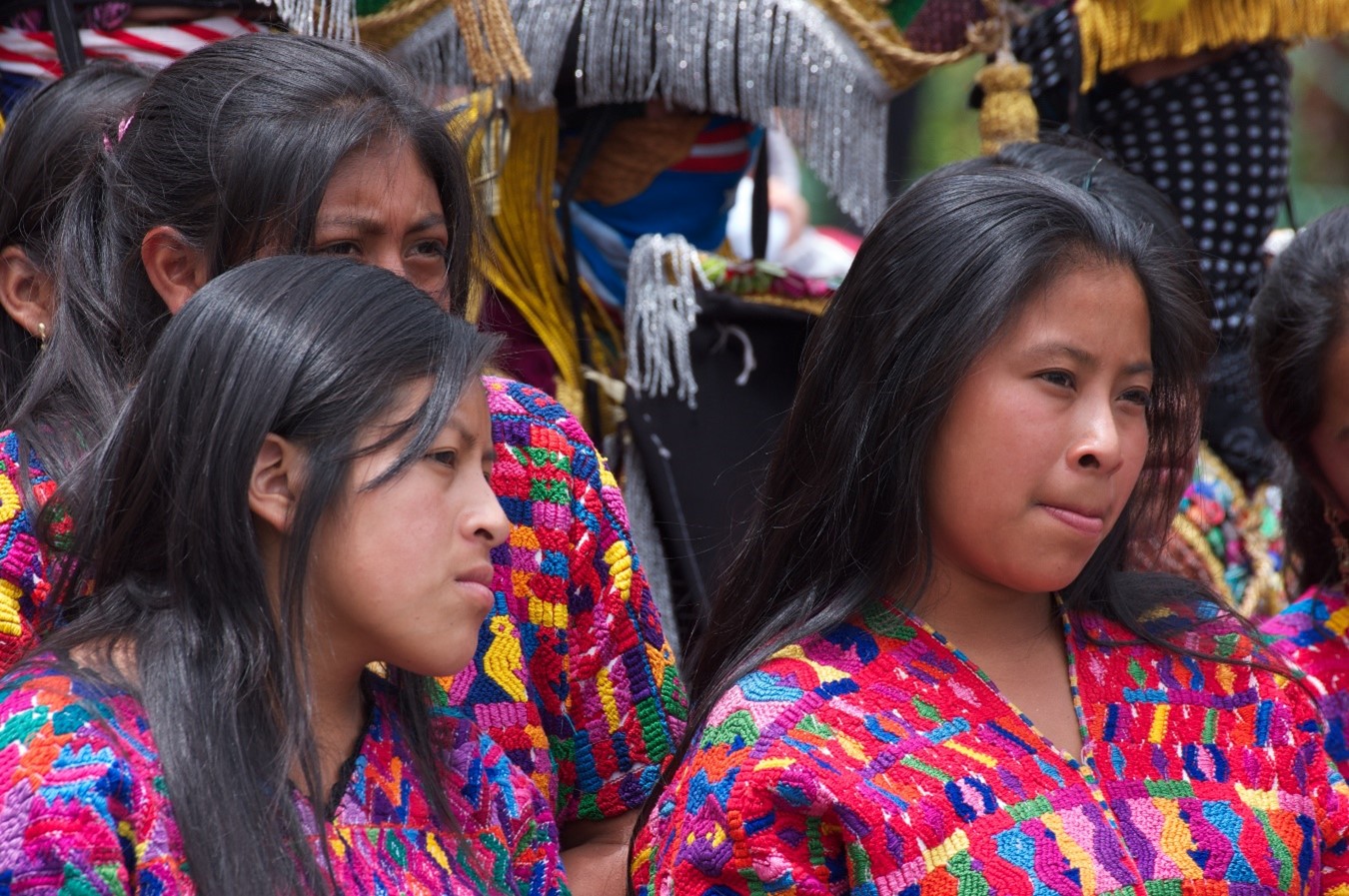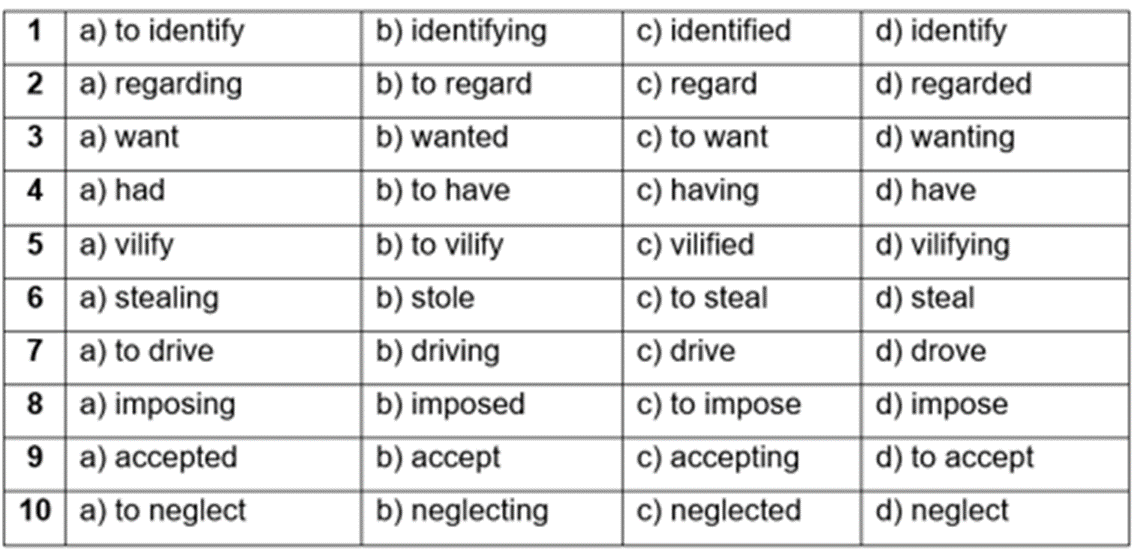In English as in Spanish there are several ways to express future and facts that will happen. These different ways to express future give color to the language and intention to the speakers. The most commons future forms are be going to, will as well as other structures such as: present perfect continuous (I’ll have arrived by 3:00 a.m.), simple present (She arrives at 3:00 a.m.), future continuous (I’ll be arriving at 3:00 a.m.) among others.
The following are also very useful ways to express future, for example:

We use these words when we want to express levels of certainty in the future that is why it is very important to learn how and when to use them.
Be bound to we use this expression when we are very sure that something is going to happen.
She's bound to feel nervous before his driving test.
We use the expression be likely to or be unlikely to when we are almost sure that something is going to happen. It means that it will probably happen or that it is expected to happen, for example:
The government's likely to call an election soon.
Carlos is unlikely to be invited to the party.
However, we use be about to to talk about things which are going to happen very soon:
I’m about to leave. Can I phone you back at night?
It is often used with just:
We’re just about to set off for a walk. Do you want to go with us?
On the other hand, the expression be due to is used to talk about things that are expected or planned to happen at a certain time. We regularly use it with a time expression:
Are you due to hand in homework today?
The train is due to arrive at Central Station at 12:12.
I. CONSOLIDATION.
II. EXERCISE I.
Extract 2.

Extract 3.

Extract 4.

III. READING TEXT

Recovering a Central American Native identity is key to stopping our erasure’
The people on Central American soil inculcated colonial thought through Spanish social norms and a Westernized education system. Children learn Spanish and the history of their own peoples through the voices of conquistadors and the texts they have left behind. This is then perpetuated by whitewashed educators who only tell the European side of the story.
Such voices seep into the hearts and minds of Indigenous peoples, corroding many who may want (1)___ with their Native background and ancestors, but feel a level of confusion, shame, and even guilt because of the lack of information (2) ___ their Indigenous ancestry. Imagine (3) ___ to connect to yourself and your family but (4)___ to put together very limited pieces of a stolen puzzle, while others around you perpetuate your erasure.
Erasure means (5) ___ such identities as absurd. Erasure means (6) ___ lands and (7) ___ the original peoples to barren or otherwise stressful environments such as urbanized locations with limited connection to the natural environment. Erasure means (8) ___ mestizaje, an identity that is rooted in (9)___ Spanish conquest and (10)___ the existence of natives prior to colonization.
In fact, according to Mujeres de Maíz, an online collective of Indigenous peoples, “Guatemala has one of the largest Indigenous populations in the world,” yet the Guatemalan government only recognizes a mere 40 per cent of the population as Indigenous, even though local Indigenous leaders state that they comprise over 60 per cent. This is one example of statistical erasure. This rings true for other Central American nation-states like Honduras, who only report “nearly 9% of the total population self-identify as a member of either an Indigenous or minority group.” Hence, any Native who has been disconnected from their indigeneity, who may also have been born in urban areas, is not recognized but rather identified as mestizo (mixed ancestry).

IV. PRACTICE I.
Read the text below and choose the correct word for each space. For each statement, mark the correct letter a, b c or d.
V. BIBLIOGRAPHY
Cambridge Dictionary Online. (2022). Be expressions. Cambridge University Press. Retrieved from: https://dictionary.cambridge.org/es-LA/grammar/british-grammar/be-expressions-be-able-to-be-due-to
Cambridge University Press. (2015). Cambridge Advanced Learner’s Dictionary. Fourth Edition.
Swan, M & Walter, C. (2016). Oxford English Grammar Course. Intermediate. Oxford University Press.
O’Donell, F. y Broadhead, A. (2014). Objective Advanced. Students’s Book. Italy: Cambridge University Press.
Rezwan. (28 November 2021). Human-elephant conflict could lead to the extinction of elephants in Blangladesh. Globalvoices. Retrieved and adapted from https://globalvoices.org/2021/11/28/human-elephant-conflict-could-lead-to-the-extinction-of-elephants-in-bangladesh/
Basu. M., (9 February 2022). India’s Missing tribe lives in traditional flood-resilient homes to adapt to climate change. Globalvoices. Retrieved and adapted from https://globalvoices.org/2022/02/09/indias-mising-tribe-lives-in-traditional-flood-resilient-homes-to-adapt-to-climate-change/
Basu. M., (27 January 2022). How Assamese Villages use traditional wisdom to guide climate preparedness. Globalvoices. Retrieved and adapted from https://globalvoices.org/2022/01/27/how-assamese-villages-use-traditional-wisdom-to-guide-climate-preparedness/
Wanjohi. R., (31 January 2022). Why Beijing’s artificial snow at the 2022 Winter Olympic Games is stirring controversy. Globalvoices. Retrieved and adapted from https://globalvoices.org/2022/01/31/why-beijings-artificial-snow-at-the-2022-winter-olympic-games-is-stirring-controversy/
VI. CREDITS
- Development of the topic and practice exercise for: Other Future Forms. Written by Ana María Martínez Gutiérrez. (2022). Lic. en Enseñanza de Inglés. FES Acatlán. UNAM.
- Audio version performed by Matt_Compra propia de licencia de uso de voces en Voicemaker, exenta de derechos de autor. https://voicemaker.in/ _Connie Reyes Cruz_2022_
- Development of the topic: Other Future Forms. Written by Ana María Martínez Gutiérrez. (2022). Lic. en Enseñanza de Inglés. FES Acatlán. UNAM.
- Carias, S., (26 August 2021). Recovering a Central American Native identity is key to stopping our erasure. It is a journey that starts with loving our Brown skin. Globalvoices. Retrieved and adapted from https://globalvoices.org/2021/08/26/recovering-a-central-american-native-identity-is-key-to-stopping-our-erasure/
- Practice exercise written by Maria Soledad Islas Solar_ Language Department at ENES-LEON UNAM
- Image_Wikimedia commons_ https://commons.wikimedia.org/wiki/File:Jeunes_femmes_mayas.jpg/ Photo by Eric Walter
